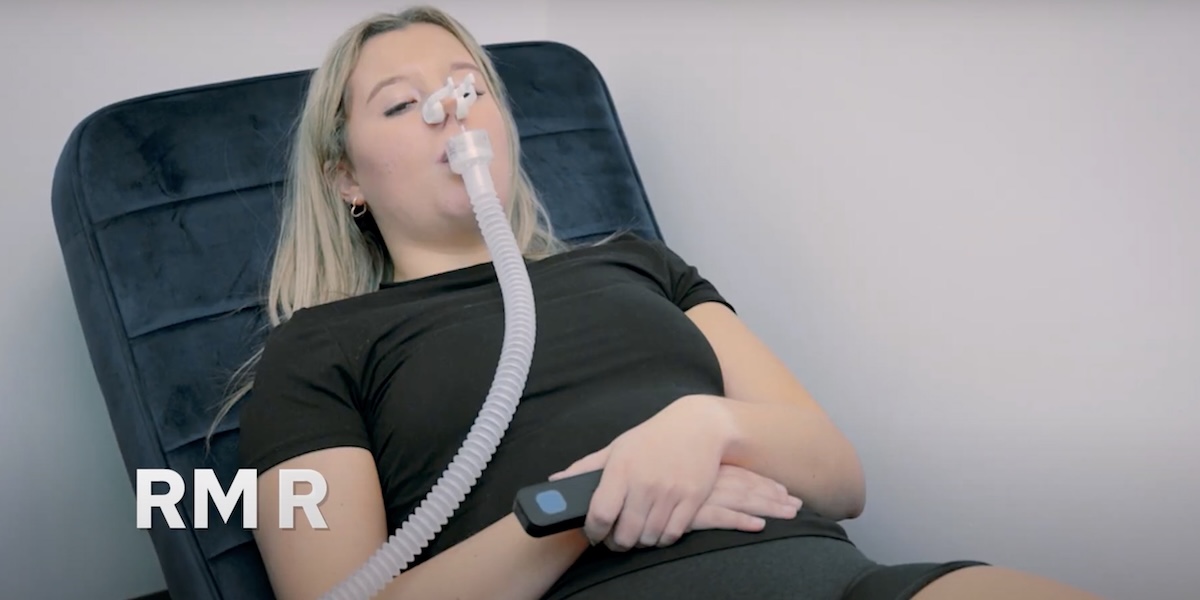
We live in a world obsessed with quick fixes. Drop a dress size in a week. Burn belly fat fast. Get shredded in 30 days. You’ve seen the headlines, you’ve probably clicked on a few, and maybe - just maybe - you’ve given one or two a go. From juice cleanses and carb-cutting to extreme calorie deficits, fad diets are everywhere. But what if, in your desperation to lose weight quickly, you were also losing something incredibly valuable - your lean mass?
The truth is, many rapid weight-loss strategies may make the scale move, but often at the cost of your muscle mass, your metabolism, and ultimately your long-term results. If you're aiming for sustainable fat loss and a healthier, stronger body, protecting your lean mass is non-negotiable. And to do that effectively, you need to understand your body’s actual energy needs—something a Resting Metabolic Rate (RMR) test at BodyView can help you pinpoint with scientific precision.
This blog takes a deep dive into why drastic calorie deficits and trendy diets can sabotage your goals, and how RMR testing offers a safer, more intelligent route to the results you want—without wrecking your muscle, your metabolism or your sanity.
What Is Lean Mass and Why Should You Care?
Lean mass refers to everything in your body that isn’t fat - your muscles, bones, organs, fluids and connective tissues. It plays a huge role in how your body functions, how strong you feel, how efficiently you burn calories, and how healthy you are overall.
Muscle, in particular, is metabolically active tissue. This means it burns energy (calories) even when you’re sitting still. The more lean mass you have, the higher your resting metabolism—and the more calories you burn doing nothing at all. Sounds ideal, doesn’t it?
That’s why protecting lean mass is absolutely crucial during any fat-loss programme. Losing weight isn’t just about reducing the number on the scales. It's about ensuring that what you're losing is primarily fat, not muscle.
Fad Diets: The Silent Killer of Lean Mass
Fad diets come in all shapes and sizes, but they share one thing in common: they promote rapid weight loss through severe dietary restriction. And while that might sound appealing on the surface, these methods come with some serious hidden costs.
The Vicious Cycle: Why Losing Muscle Makes It Harder to Lose Fat
When you follow an extreme diet and start losing lean mass, your resting metabolic rate drops. That means your body burns fewer calories each day. If you continue eating the same (already reduced) amount, your progress stalls.
So, what do most people do? They cut calories further or increase exercise, pushing the body into even greater stress. This leads to even more muscle loss and an even slower metabolism—a vicious cycle that often ends in burnout, bingeing, or giving up entirely.
This is one of the key reasons why so many people regain weight after a crash diet—often with extra fat added on top. Muscle loss during dieting sets you up for fat regain because your calorie needs drop, but your appetite often increases. The maths simply doesn’t add up in your favour.
Why Slow and Steady Beats Every Fad Diet
When it comes to fat loss and body transformation, the age-old saying “slow and steady wins the race” couldn’t be more accurate. While fad diets promise rapid results, they often trigger your body’s stress response, leading to muscle breakdown, metabolic slowdown, and rebound weight gain. A slow, steady approach allows your body to adapt gradually, preserving lean muscle, keeping your metabolism robust, and ensuring fat loss—not just weight loss. Unlike the dramatic peaks and crashes of extreme diets, a sustainable plan gives you consistent, long-term results that are far healthier, more maintainable, and ultimately more rewarding.
Enter the RMR Test: Your Personal Metabolic Blueprint
So how do you avoid this mess? How do you lose fat without sacrificing muscle—and still make progress that’s both visible and sustainable?
The answer lies in understanding your Resting Metabolic Rate (RMR).
Your RMR is the number of calories your body burns at rest just to keep you alive. Think of it as your baseline. It’s influenced by a range of factors including your age, gender, body size, body composition (especially lean mass), and genetics.
Getting your RMR measured takes the guesswork out of fat loss. No more estimating. No more generic calorie calculators that give you numbers based on population averages. Just hard data, specific to your body.
How BodyView's RMR Test Works
At BodyView, your RMR is measured using a sophisticated breath analysis that tracks your oxygen intake and carbon dioxide output while you're at rest. The process is simple
Our RMR test measures the amount of Calories your body requires at rest. Once this has been identified we can identify the perfect Calorie intake to achieve your weight goals.
When to Consider RMR Testing:
Weight Management: Individuals seeking effective weight management strategies can benefit from RMR testing to understand their unique metabolic needs.
Athletic Performance: Athletes looking to optimise their training and diets can use RMR data to tailor their nutrition and fitness plans.
Clinical Applications: RMR testing can also be useful in clinical settings, helping healthcare professionals address metabolic disorders and guide patients toward healthier lifestyles.